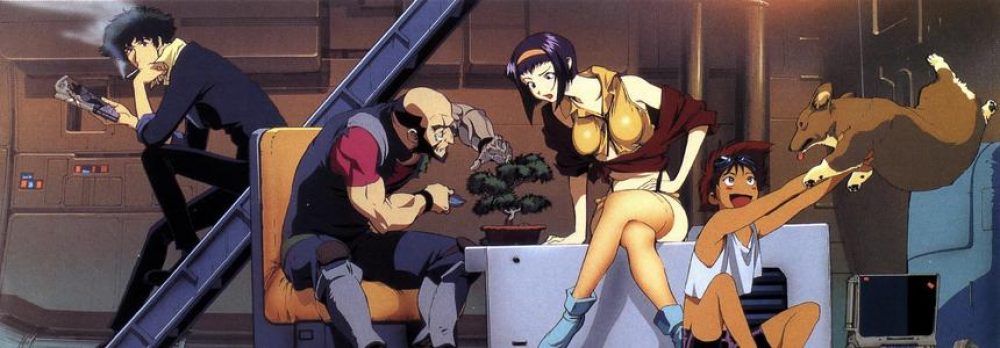This week I have been looking at how real-time engines affect the narrative structure in the creation of animation. There have been a number of interactive films created using the features of the real-time engine, such as Detroit: The Changeling, Heavy Rain, The Incredibles and many more. I looked at how they tell their stories.



The first thing that is quite intuitive is that the quality of the graphics is getting better and better, thanks to new rendering techniques and the development of graphics cards.
Both of these productions, with the exception of The Incredible Twins, have a multi-line narrative, with as many as four lines even in Heavy Rain. And in all of them, the viewer is supported to manipulate the character to view the current scene freely. The people or objects in the scenes provide more plot and enhance the immersion of the viewer.
Animation creation combined with the nature of the real-time engine is still largely borrowed from games in the form of RPG dialogue choices, QTEs, third-person action-adventure games and so on.
The overall experience I felt was that the format probably needed to match the story, and sometimes the feel of the film and the feel of the game were influencing each other. Some of the habits developed from watching traditional movies didn’t work in this type of work, for example, the sudden shift from watching a movie to playing a game when you get into a tense episode was a bit sudden and abrupt.
